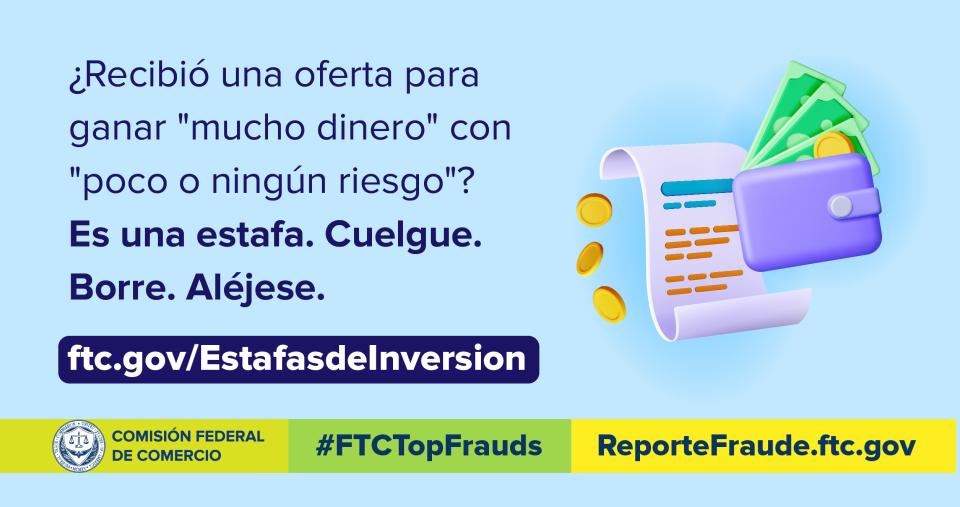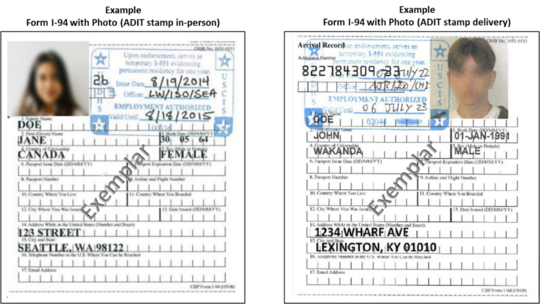Jim Kreidler Especialista en Educación del Consumidor, FTC 17 de Abr de 2023
Tal vez has oído hablar de alguien que invirtió $1000 en criptomonedas y ahora es millonario. O quizá te arrepientes de no haber aprovechado la oportunidad de obtener un ingreso adicional. Entonces, cuando alguien te ofrece una oportunidad de inversión que no te puedes perder, tu primera reacción podría ser aprovecharla. Pero ¿cómo puedes diferenciar una inversión legítima de una estafa?
En este momento hay muchísimas estafas de inversión, con pérdidas reportadas de $3.8 mil millones de dólares en 2022. Eso es más de lo que las personas perdieron con cualquier otra estafa, y más del doble de las pérdidas reportadas en 2021 (Gracias, criptomonedas). Las estafas de inversión suelen crear la impresión de que puedes "ganar mucho dinero" con "poco o ningún riesgo". A menudo comienzan en las redes sociales, las aplicaciones de citas en línea, o con mensajes de texto, llamadas o emails inesperados.
Para mantenerte alejado de las estafas de inversión, aquí hay algunas cosas que debes saber.
No aceptes ninguna oferta inesperada. Si recibes una llamada, un mensaje de texto o un email inesperado sobre "una oportunidad de inversión increíble", es una estafa. Cuelga. Borra. Aléjate. Especialmente si quieren que saques dinero de tu 401(k) para invertir.
Rechaza ofertas de alta presión. Los estafadores intentan que imagines cómo será la vida cuando seas rico. No lo creas. Dirán "esta es una oferta única en la vida, y desaparecerá mañana". Pero cualquier inversión legítima permite que tomes el tiempo que necesitas para investigar antes de gastar dinero.
Haz tu propia investigación. No hagas ninguna inversión hasta que lo hayas comprobado. Investiga la inversión y la persona que la ofrece. Busca en línea el nombre de la empresa junto la palabra "comentario", "queja" o "estafa".
No creas en promesas de que ganarás dinero u obtendrás rendimientos garantizados. Nadie puede garantizar que ganarás mucho dinero con poco o ningún riesgo; cualquiera que lo haga es un estafador.







